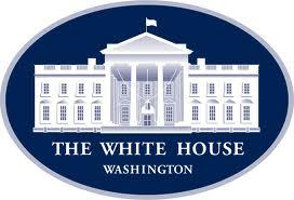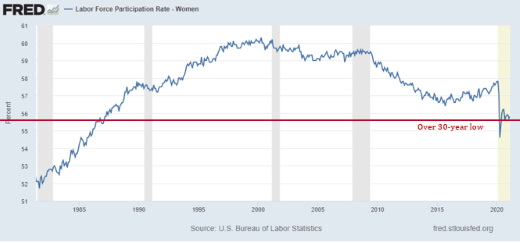Washington, DC… Women have been on the front lines of the response to the COVID-19 pandemic and economic crisis. Their labor — in hospitals and laboratories, on farms and in factories, in stores and in homes — has long been critical to keeping our nation running, and the past year has made these contributions all the more visible. Women represent half of all workers, yet they are over 60 percent of our essential workers. Women of color are disproportionately represented in frontline jobs and comprise more than half of the workers in critical service fields such as housekeeping, personal care services, and nursing assistance.


Our country’s caregiving crisis has compounded the effects of the economic downturn; women have borne the brunt of increased caregiving demands, contending with closed schools and child care centers and caring for sick family members. And these challenges have been particularly acute for essential workers and low-wage workers. The impact is striking; over 2 million women have dropped out of the labor force since February 2020. Nearly one year after the pandemic began, the women’s labor force participation rate reached its lowest point in more than 30 years.
The American Rescue Plan (ARP) meets the moment – and provides immediate relief for many Americans, including women of color, who so often are the first fired and the last hired when a crisis hits. Just as women of color were finally starting to see wage gains from the 2009 recession, a new crisis threatened to erase that progress. This is why President Biden made passing the American Rescue Plan his top priority.
Thanks to the hard work of advocates, Congress, and the Biden-Harris Administration, the American Rescue Plan is now law, delivering much-needed support to women, families, and communities.
Several aspects of this relief are particularly critical to support women of color as we build a more equitable economy. Here are a few to highlight:
- More than 1 in 3 households, including half of Black and Latino households, are struggling to pay for basic expenses, like rent and groceries; the American Rescue Plan provides immediate relief for working people, helping hard-hit households recover from the economic impacts of the pandemic. The $1,400 direct payments to individuals, alongside the ARP’s increased tax credits, which help cover the cost of childcare and support low-wage workers, are critical to providing economic security for working women.
- The expansion of the Child Tax Credit allows more families to benefit, increases the size of the benefit, and distributes benefits monthly. Altogether, the American Rescue Plan will cut child poverty by more than half; poverty levels for Black children are expected to fall by 52%, by 45% for Hispanic children, and by 61% for Indigenous children.
- An investment of $39 billion in child care will help thousands of child care providers—who are disproportionately women of color—avoid potential closure, as well as ensure that they can operate safely and increase benefits for care workers.
- State and local aid to women’s economic security, particularly for women of color, is also a key part of this bill. The relief that the ARP provides to state and local governments means fewer cuts in critical services and it also means fewer layoffs for state and local workers. This particularly impacts women and people of color; women represent almost 60 percent of state and local public-sector workers, and the share of Black workers employed in the public sector is higher than the share in the private sector and the share in overall employment.
- Finally, we know that for a full and equitable economic recovery, our schools need to re-open, so that our children can return to the classroom and parents can get back to work. The American Rescue Plan provides $130 billion to elementary, middle, and high schools, supplemented by a nationwide vaccination program that will allow our schools to reopen safely for families and educators. These critical investments are the backbone of building back better for everyone.
This pandemic has exacerbated and shone a light on many issues—among them the enormous economic barriers facing so many women, particularly women of color, and the consequences of those barriers for them and for our economy. The passage of the American Rescue Plan will bring relief to so many women who have borne the brunt of the pandemic – and it will be the first step in creating an economic recovery that removes barriers for women of color, and gives every American a fair shot.
Joelle Gamble is the Special Assistant to the President for Economic Policy.
Shilpa Phadke is the Special Assistant to the President for Gender Policy.


